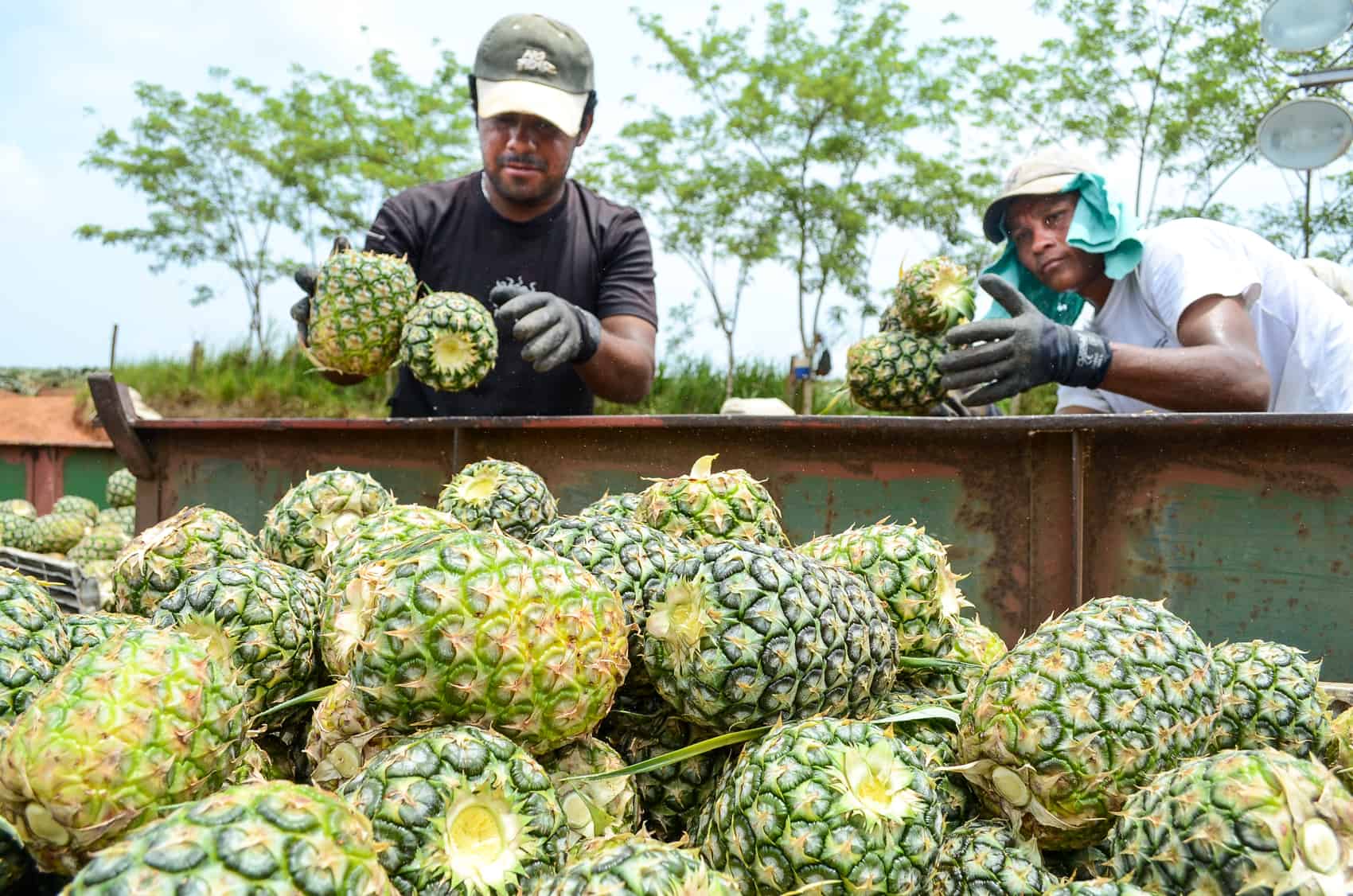To sustain its massive fruit plantations, Costa Rica uses more agrochemicals per hectare of cultivated land than any other country in the world, according to the University of Costa Rica’s weekly newspaper, Semanario Universidad.
Data from the Regional Institute for Studies in Toxic Substances (IRET) showed that Costa Rica uses an average of 18.2 kilograms of agrochemicals per hectare. This is more than both China, which sits at number two with 17 kilograms, and the U.S., which uses an average of 2.5 kilograms per hectare. Since 1977, Costa Rica has imported more than 185,000 metric tons of agrochemicals. In that same time period, the country’s consumption of these substances has more than tripled.
The use of these chemicals in Costa Rica has been linked to health problems in humans. According to data from Costa Rica’s Social Security System (Caja), 146 people were admitted to public hospitals due to poisoning from agrochemicals in 2010. Twelve of those people died.
In April, banana workers protested in front of the Legislative Assembly to demand compensation for their exposure to the toxic pesticide Nemagon. The chemical has been linked to cancer, sterility and genetic deformations.
Related: High levels of fungicide found in pregnant women living near banana plantations






